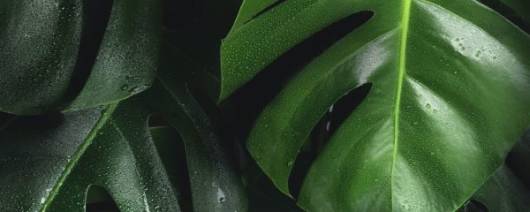
- INCI Name:Citrus Sinensis (Orange) Peel Oil Expressed
- Ingredient Origin:Natural Origin, Non-Animal Origin, Plant Origin
- Benefit Claims:Lifting, Stimulating, Rejuvenating, Non-Irradiated, Anti-Fungal, Cellulite Reduction, Suitable for Sensitive Skin, Refreshing, Soothing, Antiseptic, Energizing, Antimicrobial
- Labeling Claims:BSE-free, Plant-Based, Not Tested on Animals, Non-GMO, Credo Clean Standard, Clean at Sephora, PEG-free, Cruelty-Free, Phthalates-free, Not Listed In California Proposition 65, Nanomaterials-free, Organic, Naturally Derived, TSE-free, Natural, CMR Substances-free, Non-Toxic
- Certifications & Compliance:USDA Certified, Organic Certified, FDA Compliant, Nagoya Compliant
Conventional or organic available Orange Oil or Orange Sweet Oil is a versatile oil with a refreshing, sweet citrus aroma. This popular oil is uplifting and energizing. Oranges are believed native to the tropical regions of Asia, especially the Malay Archipelago. Orange probably spread from its native habitat to India and the east coast of Africa and from there to the eastern Mediterranean region by the Roman conquests, who developed the Arab trade routes. By the time Christopher Columbus sailed, orange trees were common in the Canary Islands. Today oranges are cultivated in subtropical and tropical America, northern and eastern Mediterranean countries, Australia, and South Africa. Orange plants arrived in Australia along with the early convicts and still thrive in all States and the Northern Territory. Orange Sweet oil is extracted from the fresh fruit peel by cold expression. Orange blends well with Bergamot, Clary Sage, Cypress, Cedarwood, Frankincense, Geranium, Jasmine, Juniper, Lavender, Lemon, Myrrh, Neroli, Pettigrain, Rose, Rosewood, Rose Geranium, Sandalwood, Ylang Ylang, Lemon, Clove, Cinnamon and Nutmeg.